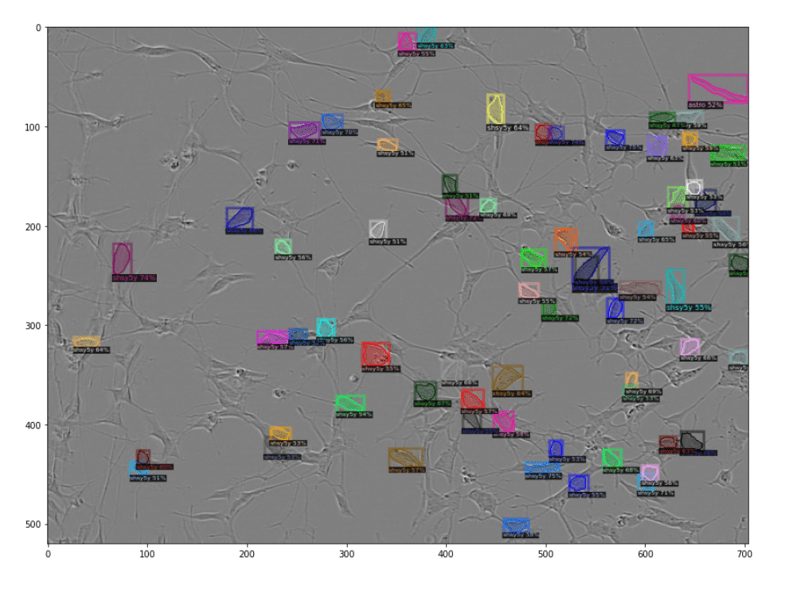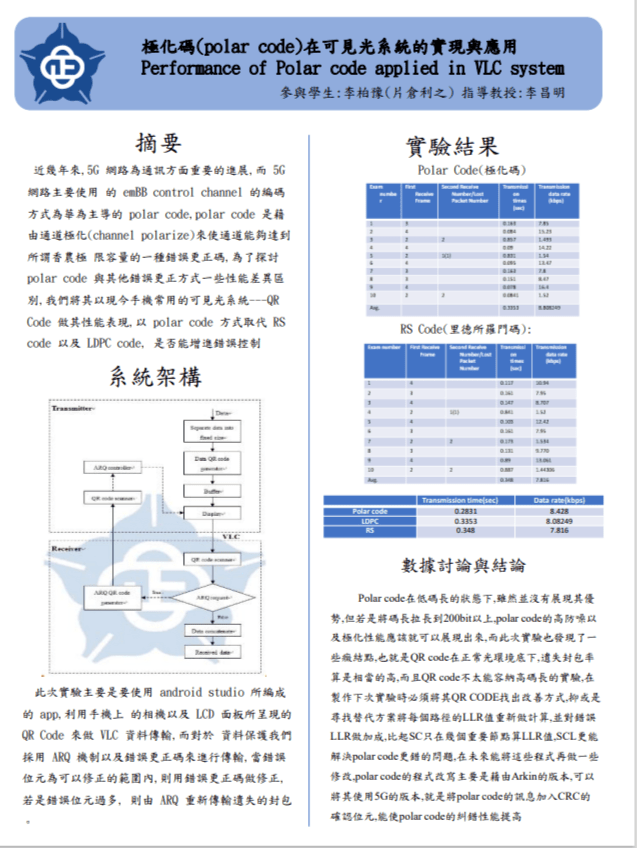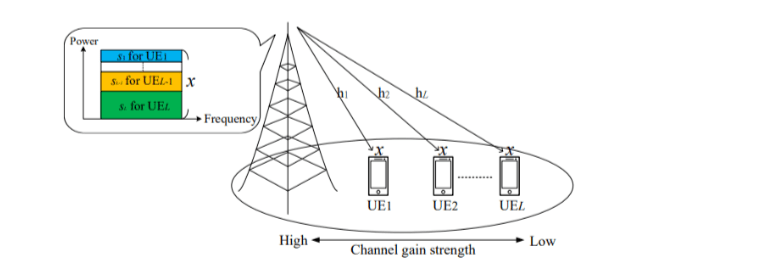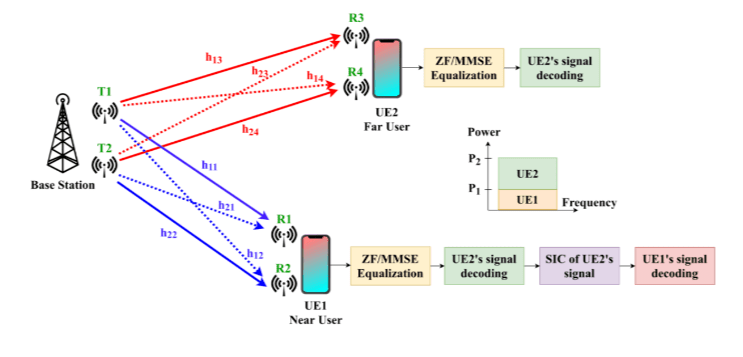
李柏豫 Katakura Kazuyuki
- Majoring at National Cheng Kung University for a Master's degree
- Graduated from National Chung Cheng University
- phone:0978916704
- email:[email protected]
Taiwan
Profile
I specialize in designing programs and AI models. Massive passion and endurance are the parts that improve my professional ability. When majoring in college,I realized the importance of independence to solve problems while doing experiments on a special topic. Different subjects of communication systems and networks create a lot of challenges for me and fulfill my knowledge.The enthusiasm for learning is the key part of promotion.
The field of research is communication systems, OFDM, adaptive signal process, DigItal Image Processing in CSP lab.The experience of these theories would enhance the comprehension.
Programing(Competition)
- C
- C++(ECC in Wise GUI Industrial Technology Research Institute)
- Java
- Java script
- python
- Matlab
Language
- Chinese
- Japanese
- English
Knowledge
- Digital Signal Process
- Machine Learning
- Error Correction Code(ECC)
- Operation System
- Control System
- Computer Organization
Education

2021 - 2023(studying)
National Cheng Kung University
Institute Computer and Communication Engineering Department
Graduate student,Communication Signal Process(CSP) labs,by Prof.Ming -Xian Chang.

2017 - 2021(graduated)
National Chung Cheng University
Communication Engineering Department
University student,Joint Source Channel Coding labs,by Prof.Chang-Ming Lee
Experience
Satorius - Cell instance Segmentation Competition--Kaggle competition
 The result of cell segmetation
The result of cell segmetation
Detect and delineate distinct objects of interest in biological images depicting neuronal cell types commonly used in the study of neurological disorders. It applied RCNN model extracts features in the image and learns characteristics through the Neural network.The cell segmentation at high accuracy is one target in this competition.
In this case, our team use Mask-RCNN model to process the image. To detect the fuzzy cell, adjusting parameters and image preprocessing improve the algorithm in machine learning

Special Topic
Performance of Polar code applied in VLC(Visual Light Communication) system
The topic is the application of Error Correction Code on the Android system. The cellphone transmits the packet of information by QR code. Using grouping skills and adjusting the Fisheyes lens improves the recognition rate.
The research focuses on a comparison of performance to ECC, like the Reed-Solomon code, Polar code, LDPC code.The final result of Polar code shows the benefits of BER at a high bit rate .
Waymo dataset competition( 2D and 3D object detection)

We use Fast-RCNN and SSD-Resnet to train on the Waymo dataset, which is provided by Google.In this case,we focus on the preprocessing of the data and warm-up the dataset to enhance the performance to predict the objection.

NOMA Transmission Signal Model

System Model of the MIMO-NOMA
Thesis
Non-orthogonal multiple access (NOMA) is a promising technique for achieving high spectral efficiency in wireless communication systems. Unlike traditional orthogonal multiple access (OMA), NOMA allows multiple users to share the same frequency resources by superimposing their signals. By allocating user's transmit power based on each users channel conditions and combining it with multiple antennas, NOMA can increase system throughput and reduce transmission error rates. However, NOMA also introduces interference between users, which poses significant challenges for signal detection and decoding.
In this thesis, we propose a novel approach that combines gradient search with interference cancellation to mitigate interference in NOMA systems. We use a multiple-input multiple-output (MIMO) system with non-orthogonal multiple access in the downlink transmission. we propose an algorithm approach that combines gradient search with interference cancellation to alleviate interference in NOMA systems. By utilizing this approach, we aim to enhance the performance of NOMA systems in terms of throughput and error rate, ultimately improving the overall efficiency of wireless communication systems.
